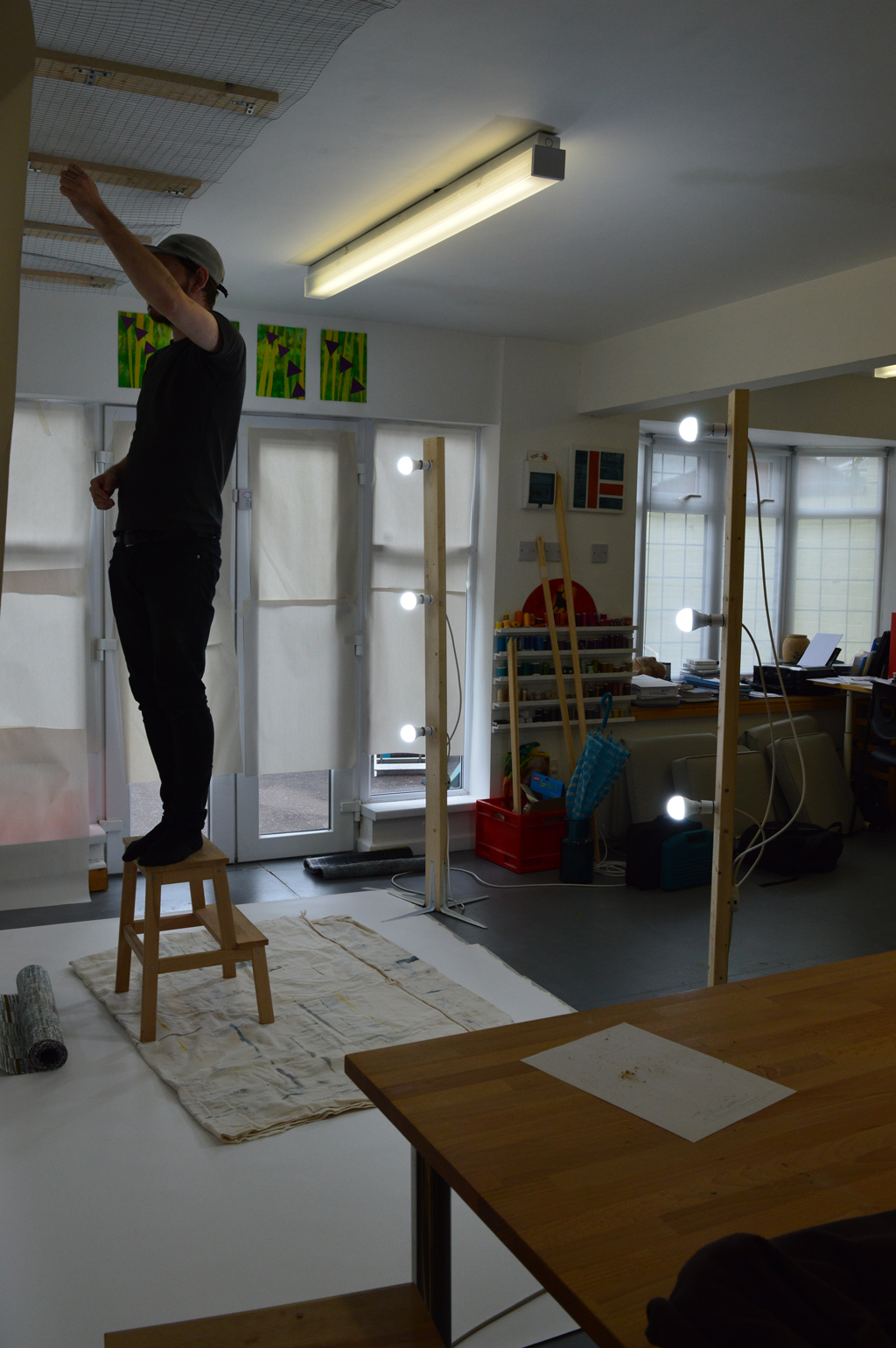In my last post I talked about how creativity tends to creep up on me when I am immersed in process. I follow a set process when developing a new series ... I work on the colours first - pinning them on my design wall for assessment. Then I do the printing and pin pieces up until my design wall is covered. I discard fabric that doesn't 'fit' without thinking too hard about why. I then sample different types of construction. In my Hidden Message series this resulted in several pieces going in the bin before I was happy. With my Ruins series (and the series I am developing now) building a background made of bricks felt 'right'. Having stitched some small sample backgrounds I turn to my design wall again. I don't do sketchbooks - I do pinning things to a design wall until something 'clicks'.
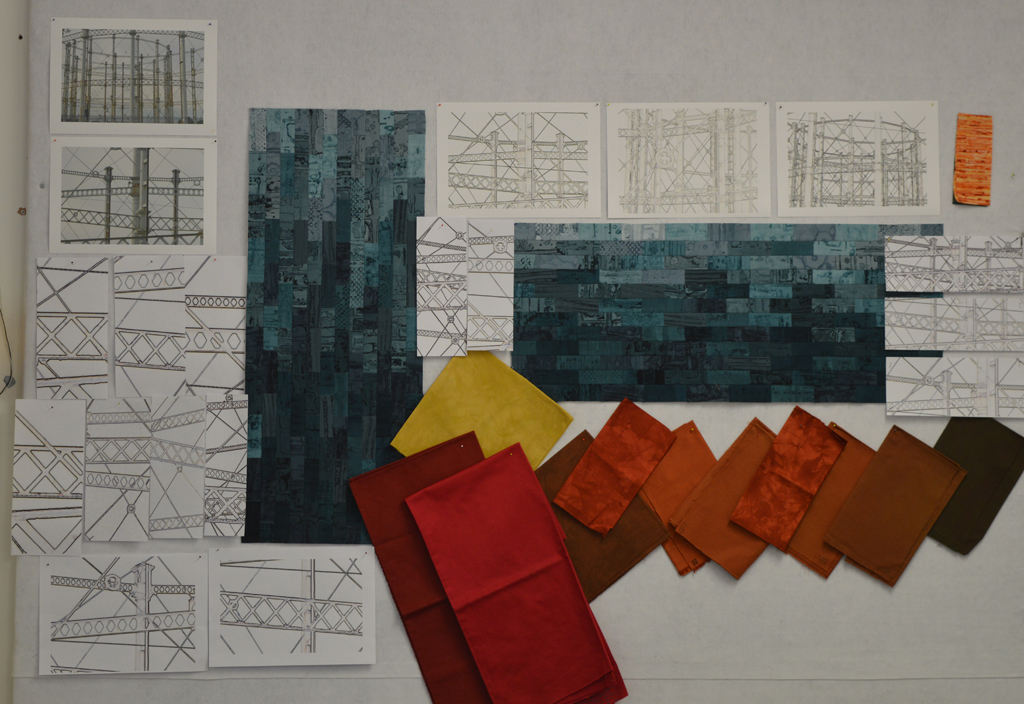
Today I pinned up my two sample backgrounds. I rummaged through my boxes of dyed fabric and pinned up a selection of colours. I am not going to decide yet if the foreground will consist of dyed fabric or printed fabric or stitch yet. They are just up there. I added a couple of photos I took last summer of an old gasworks.
Then I used one of my favourite 'tools' - I cropped and enlarged small sections from the photo and pinned the results up. And I got that wonderful tingly feeling! I don't know what size the finished pieces will be or how I will apply the foreground but I do know what I'm going to be spending the next few months doing.
 In between wrapping presents last week I did manage to prepare and pull some breakdown screens. I got some really promising marks by using a screen made with torn strips of freezer paper gently ironed onto the screen before rollering on a very thin layer of black thickened dye. I also made a screen using strips of torn masking tape. I wanted the marks to be delicate so pulled through with lots of print paste. And replaced the paste if it got tinted with colour.
In between wrapping presents last week I did manage to prepare and pull some breakdown screens. I got some really promising marks by using a screen made with torn strips of freezer paper gently ironed onto the screen before rollering on a very thin layer of black thickened dye. I also made a screen using strips of torn masking tape. I wanted the marks to be delicate so pulled through with lots of print paste. And replaced the paste if it got tinted with colour.

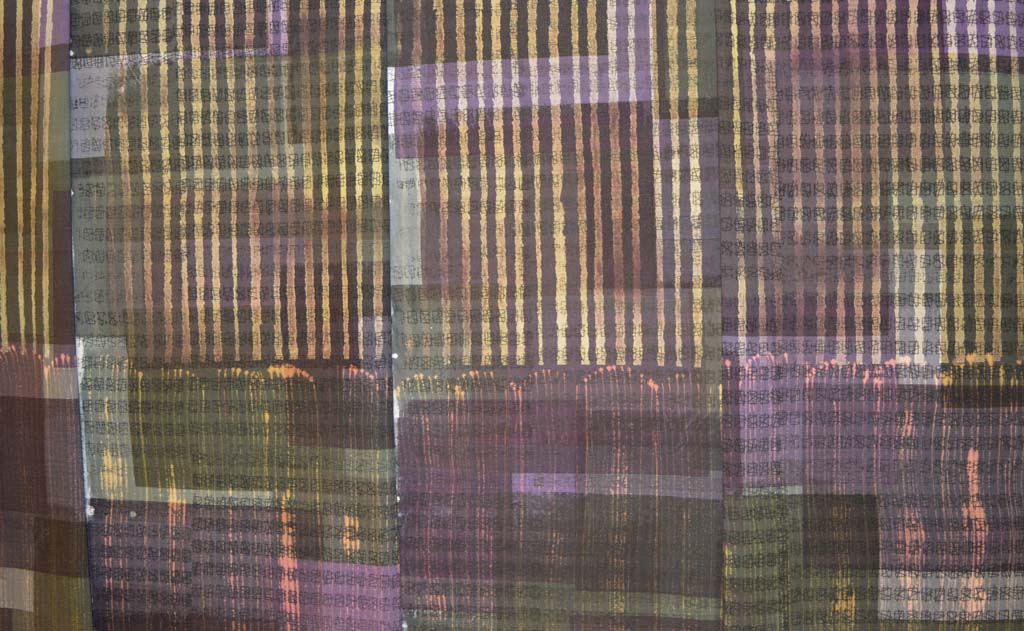 It is a good job that I have a Plan B as my experiments over the last week or so have failed to give me a 'WOW' moment. The results didn't even fall into the 'Ugly Duckling' category of pieces that might fit in with what I'm trying to achieve with some additional process. The experiment has been educational but not in any way that is connected with what I think I'm trying to achieve.
It is a good job that I have a Plan B as my experiments over the last week or so have failed to give me a 'WOW' moment. The results didn't even fall into the 'Ugly Duckling' category of pieces that might fit in with what I'm trying to achieve with some additional process. The experiment has been educational but not in any way that is connected with what I think I'm trying to achieve.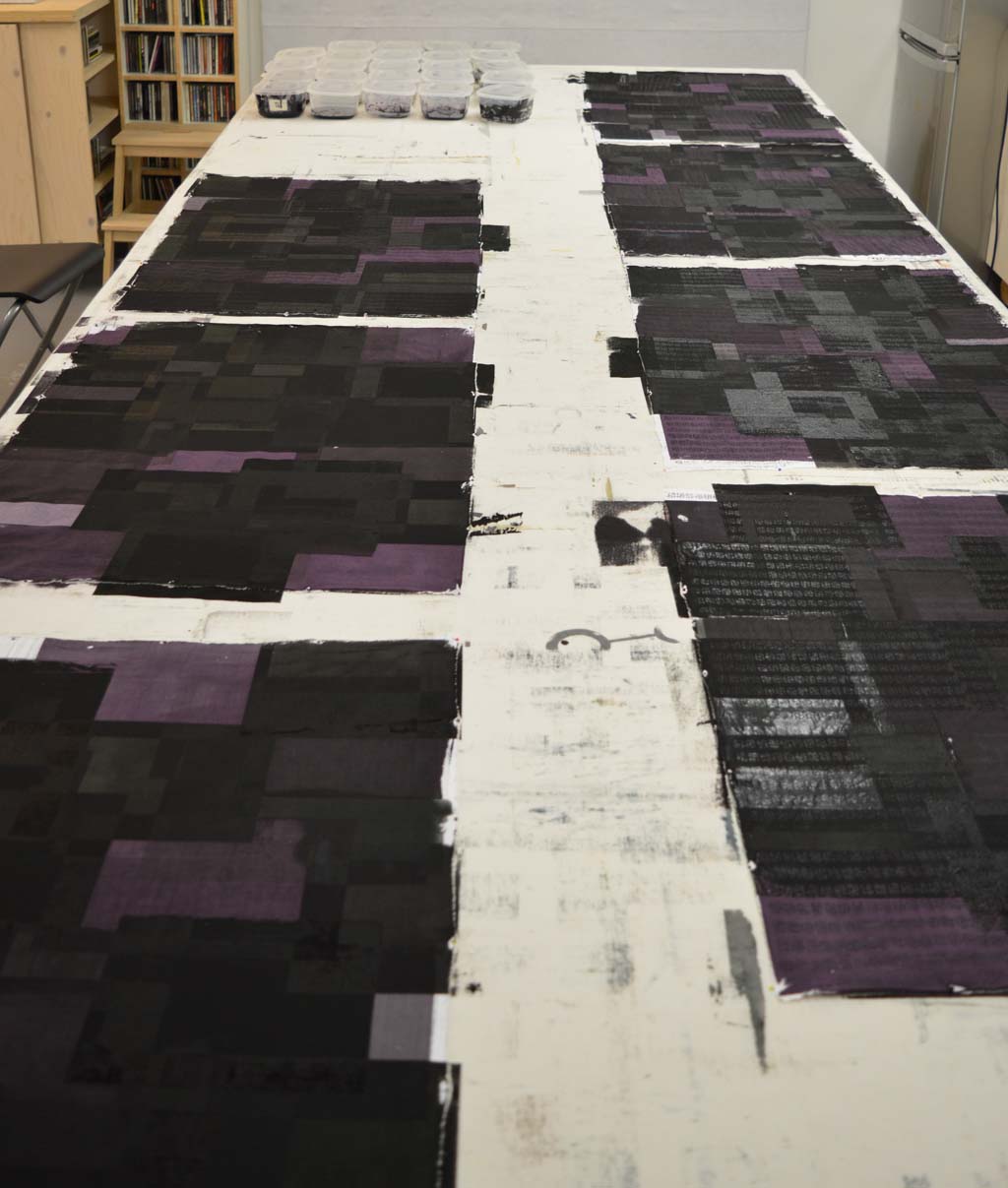


 One of the things I like about my new day job is that there is less travelling and generally more 'regular' hours. I will have more time in the studio and be better able to plan my output.
One of the things I like about my new day job is that there is less travelling and generally more 'regular' hours. I will have more time in the studio and be better able to plan my output.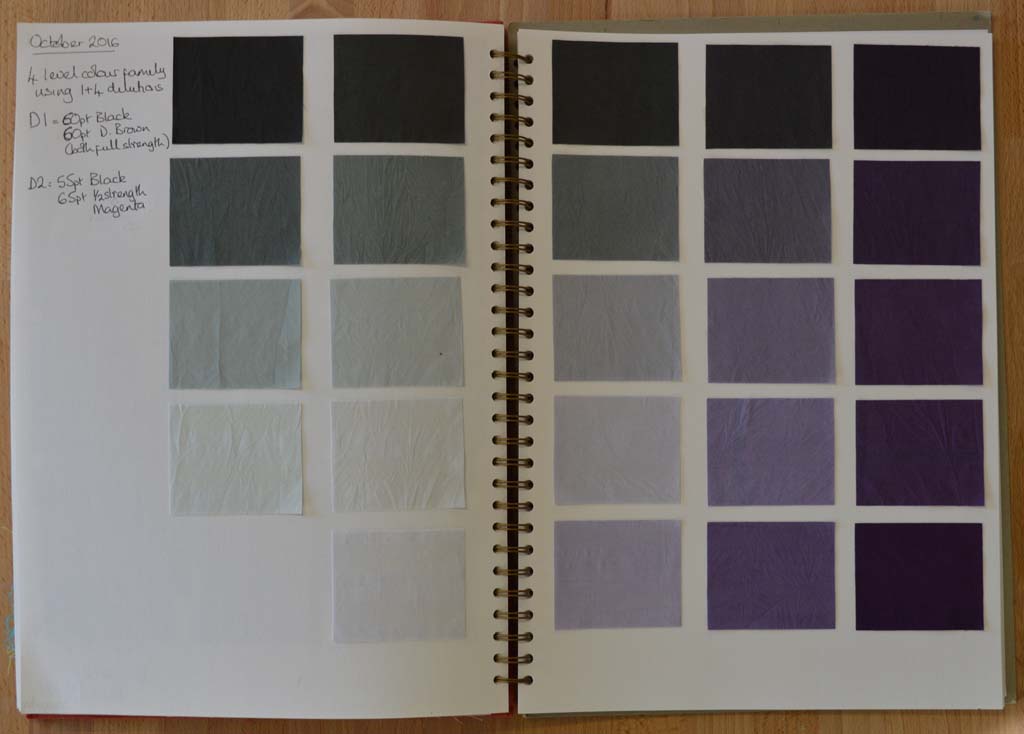 After multiple attempts I am now happy with my new colour family. I am calling it 'traces' as I'm hoping to use it to create a new body of work based on iconic industrial buildings that no longer exist. I spent my childhood summers staying with my grandparents in a small village north of Nottingham. The area was criss-crossed with coal seams and every journey took us past pit heads. These buildings don't exist anymore but I bet most people my age who spent time in the north of England know exactly what I am thinking off.
After multiple attempts I am now happy with my new colour family. I am calling it 'traces' as I'm hoping to use it to create a new body of work based on iconic industrial buildings that no longer exist. I spent my childhood summers staying with my grandparents in a small village north of Nottingham. The area was criss-crossed with coal seams and every journey took us past pit heads. These buildings don't exist anymore but I bet most people my age who spent time in the north of England know exactly what I am thinking off.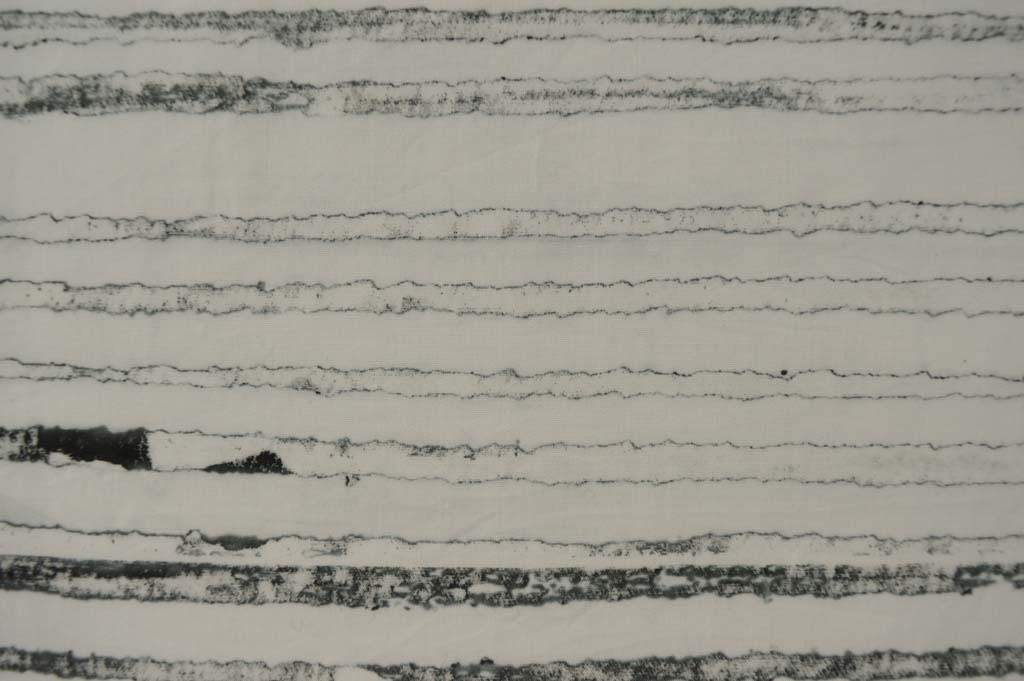
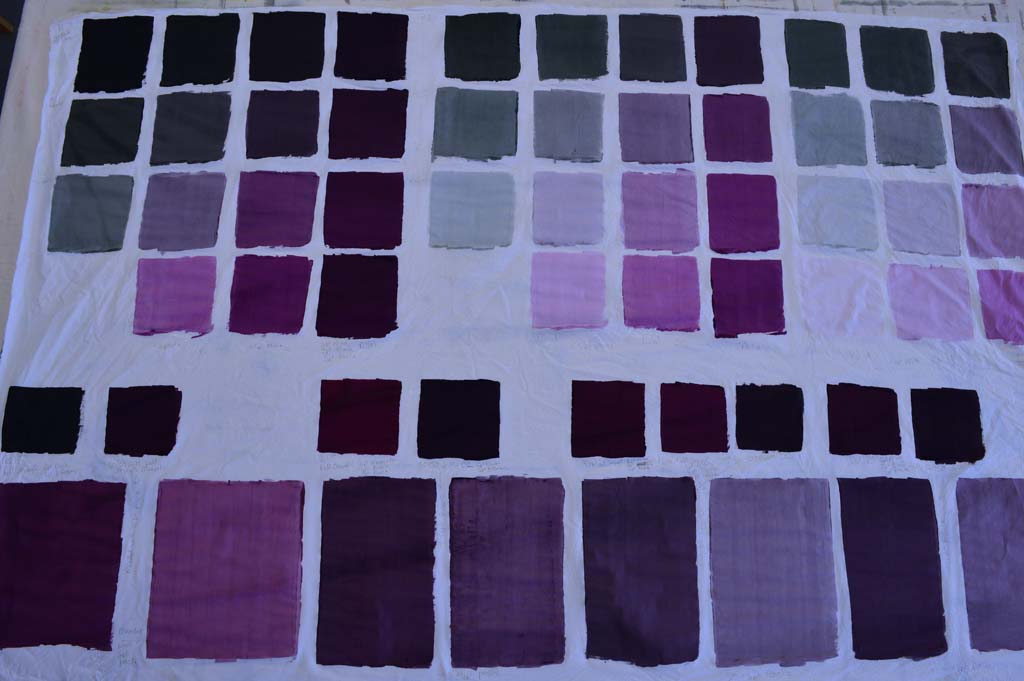 I've written about colour families before. I learnt about them on a wonderful class with
I've written about colour families before. I learnt about them on a wonderful class with 



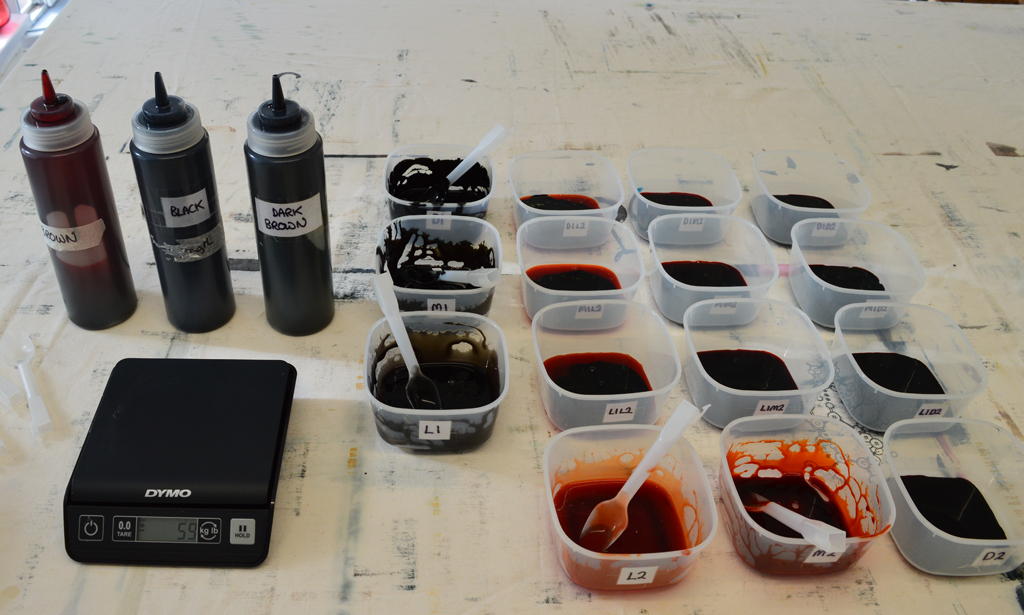
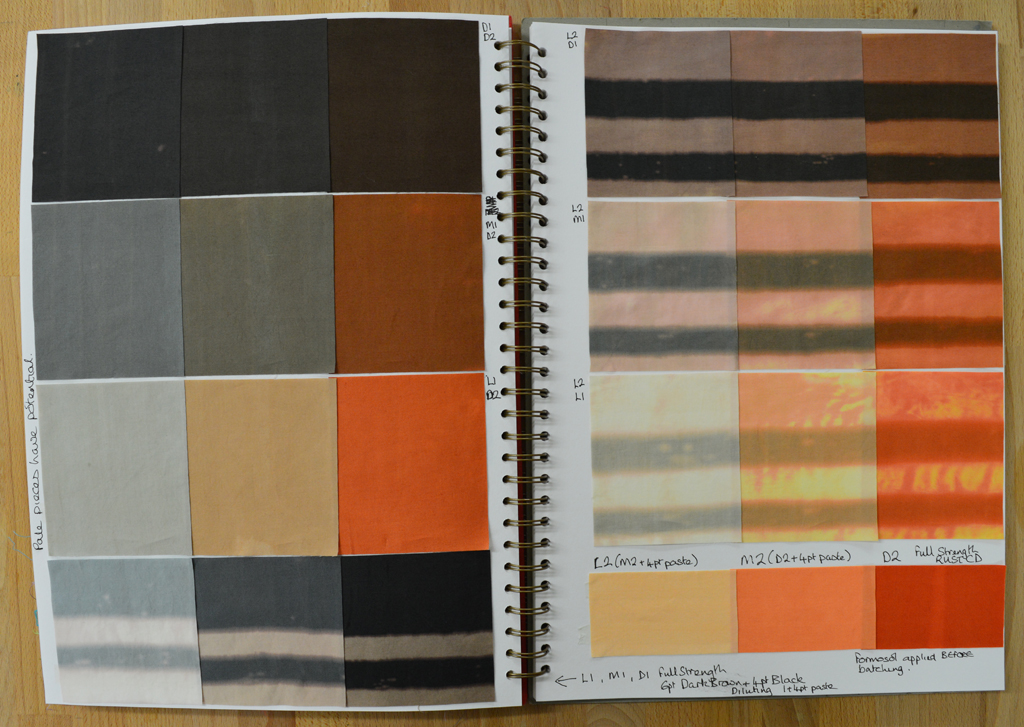
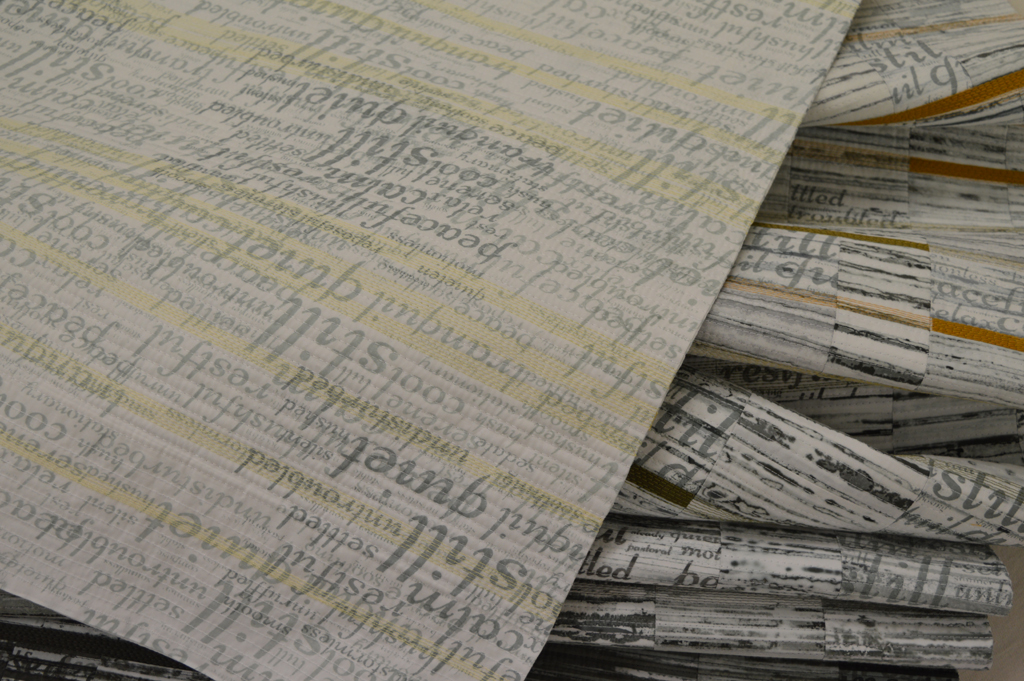 When I needed to photograph a really big Ruins piece in August I ended up borrowing a studio and some lighting. (The design walls in my wonderful studio just weren't big enough.) And whilst I was happy with the result it was a lot of effort to 'book' the studio, transport the quilt etc. So, with help from son
When I needed to photograph a really big Ruins piece in August I ended up borrowing a studio and some lighting. (The design walls in my wonderful studio just weren't big enough.) And whilst I was happy with the result it was a lot of effort to 'book' the studio, transport the quilt etc. So, with help from son 
